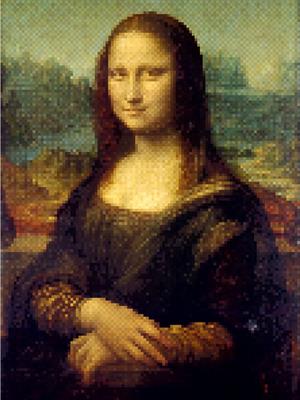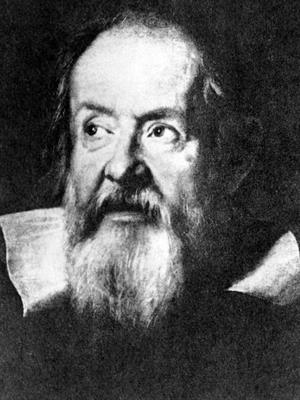
PUMPA - SMART LEARNING
எங்கள் ஆசிரியர்களுடன் 1-ஆன்-1 ஆலோசனை நேரத்தைப் பெறுங்கள். டாப்பர் ஆவதற்கு நாங்கள் பயிற்சி அளிப்போம்
Book Free DemoThe Role of Art in Europe:
The origins of Renaissance art can be traced to the “Proto-Renaissance period” as called by the earlier historians, which lasted from \text{1280 – 1400 BCE}, for 120 years.
Giotto: He was a Florentine painter who was considered the most famous painter of the Proto-Renaissance period. He also developed the technique of representing the Human body with artistic reality.
The Period of High Renaissance (1490 – 1527):
The latter half of the 15^{th} century witnessed greater strides in the field of art, which also witnessed “Rome” as the principal art centre of the Renaissance.
This period saw the rise of the “Greatest Trio”, Leonardo Da Vinci, Raphael and Michael Angelo, who redefined the art of Europe.
1. Leonardo Da Vinci (1452 – 1519)
The Greatest among the Triumvirate was Da Vinci, who was known for his intellectual height and in-depth knowledge of Visual arts, including various topics like Geology, botany, Anatomy, and hydraulics.
Leonardo Da Vinci: He was also called the “Renaissance man” for his breadth of intellectual prowess in the field of humanism and Classical Values.
His unmatchable ability to portray the Shadow and Light, humans, animals and landscapes made him stand out among the other artisans.

Portrait of Mona Lisa
Some of the timeless classics in the field of painting created by Leonardo are:
- The Virgin of Rocks (1485)
- The Last Supper (1495)
- Mona Lisa (1503)
2. Raphael:
He was the youngest of the trio among the great masters of the Renaissance. He acquired his skills from both Da Vinci and Michael Angelo.
The Most notable among his paintings was the “School of Athens” in 1508 and the “Madonna’s” which spoke about the conflict of ideologies like Humanism and Spiritualism.
3. Michael Angelo: (1475 – 1564)
He was believed to be the most dominant sculptor of the high renaissance period. He also wrote poems and also excelled in art and painting.
His famous sculpture of “David” in Florence city was entirely carved by hands from a giant marble rock.
Angelo’s paintings in the walls and ceilings of “Sistine Chapel” which contained numerous scenes from “Genesis”, exhibited his proficiency in painting.
Science and the Renaissance:
The Period of the Renaissance and the revolution in the field of Science went hand-in-hand under the genius of Ptolemy, Euclid and Archimedes. This timeframe was perhaps believed to be the greatest period of scientific development in history.
Aristotle was a Greek Philosopher who made substantial contributions in the field of science and other subjects. He argued that the Earth was at the centre of the Universe, which the later scientists challenged. He was fondly called “The Philosopher” by the Western Countries.

Aristotle
Other notable scientists of the Renaissance era are “Galileo, Copernicus and Kepler”.
1. Nicholas Copernicus (1473 – 1543):
He was a Polymath and an Astronomer whose contributions in Astronomy still stand the test of time.
He developed a theory of the Universe where he kept the “Sun at the centre of the Universe” rather than the earth. He also went on to publish his theory in the book named “On the Revolutions of the Celestial Spheres”.
He also asserted that the Earth is one of the Seven planets that existed in the Solar System around the Sun, which is at the Centre and is Stationary.
2. Galileo Galilei (1564 – 1642)
He was credited as the “Father of the Modern Science” for the invention of the Telescope and asserting the views of his predecessor Copernicus.

Galileo Galilei
He also earned the wrath of the Church as he was placed under house arrest for his intellectual findings. Galileo went on to explain physics concepts like relativity which laid the foundation for future researchers.
3. Johannes Kepler (1571 – 1630):
He was believed to be the Pioneer in blending the field of Astronomy and Physics, which helped him to put forward many theories.
His theory was based on the “laws of Planetary Motion” which stated that the Orbits of Planets are elliptical around the Sun. Scholars later accepted this theory.
However, the Church stymied the efforts of scientists to curb the proliferation of Science which was later changed by the inventions and discoveries.